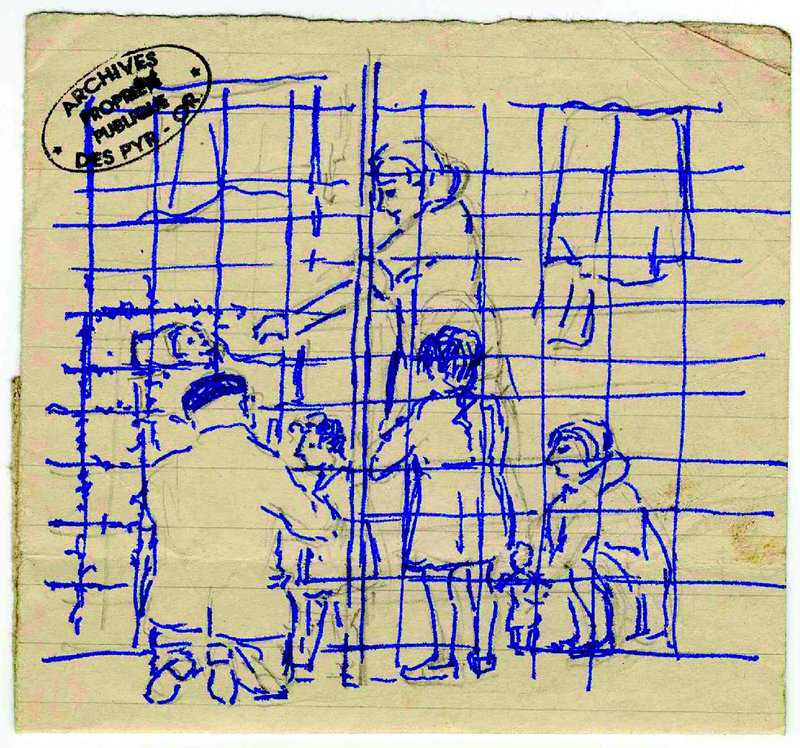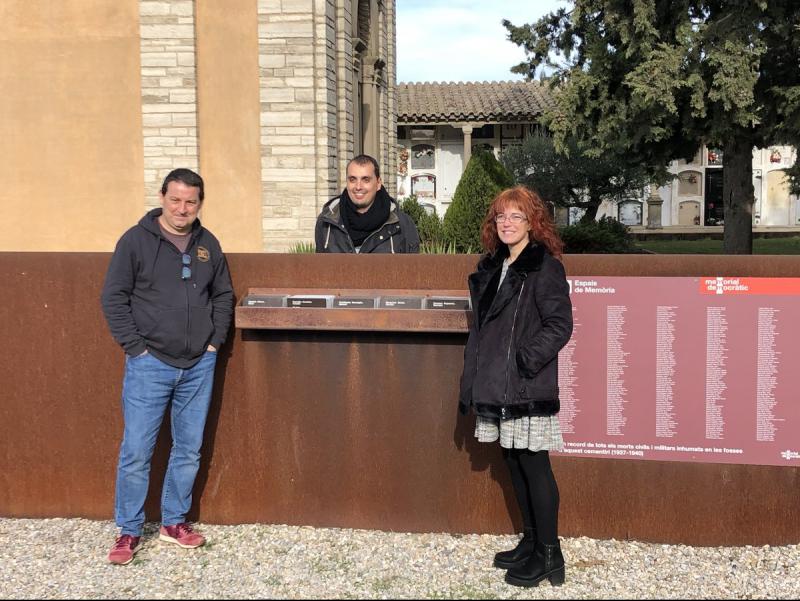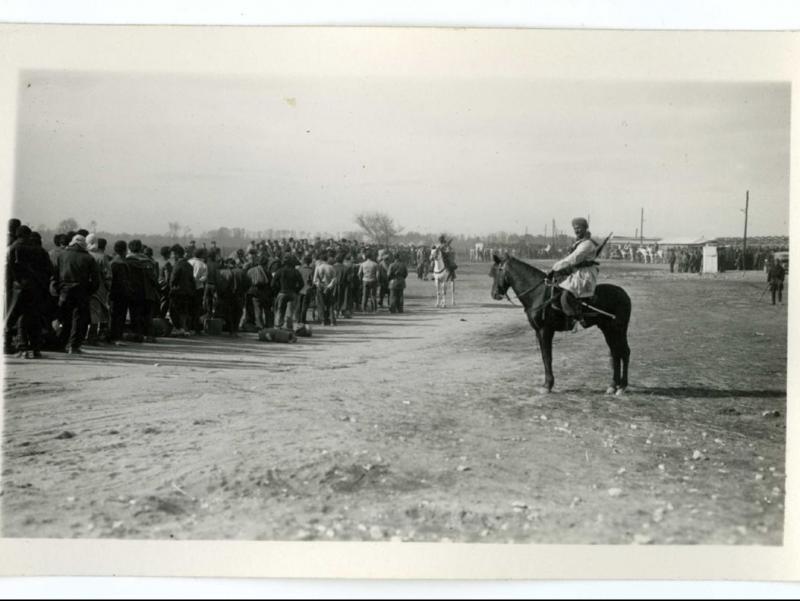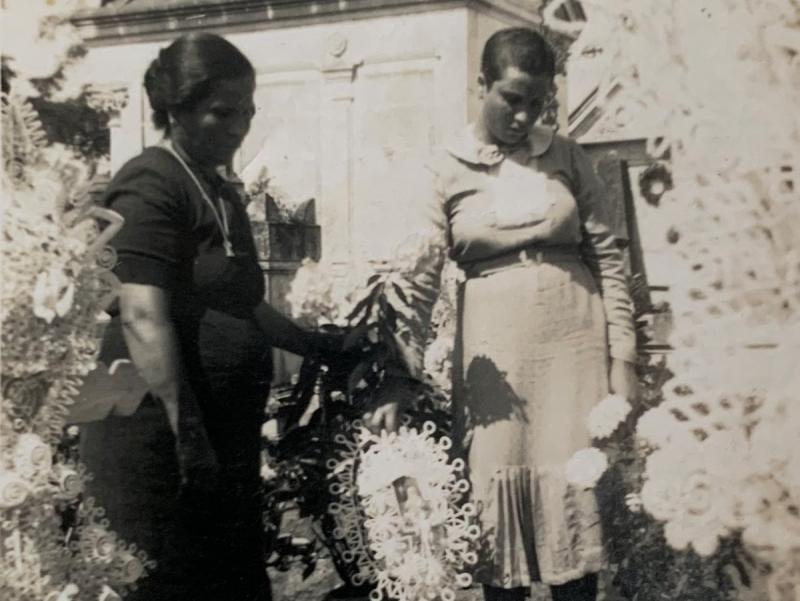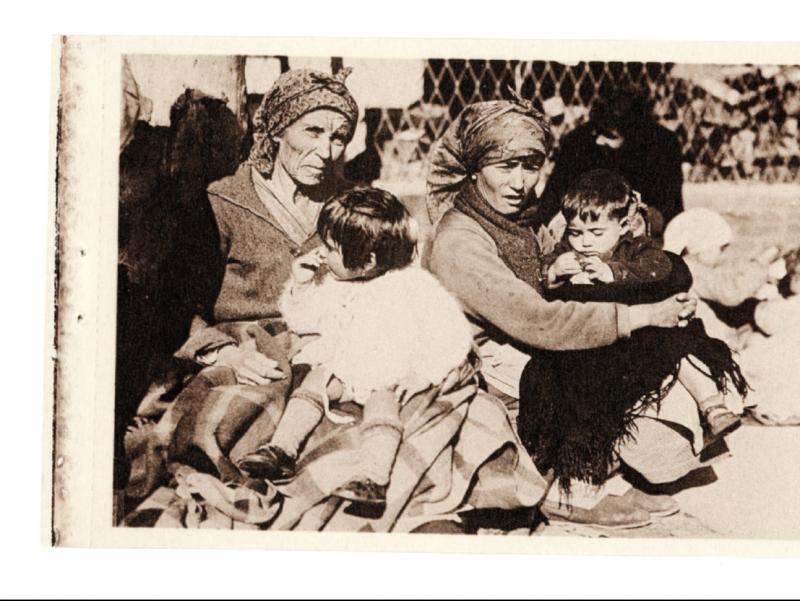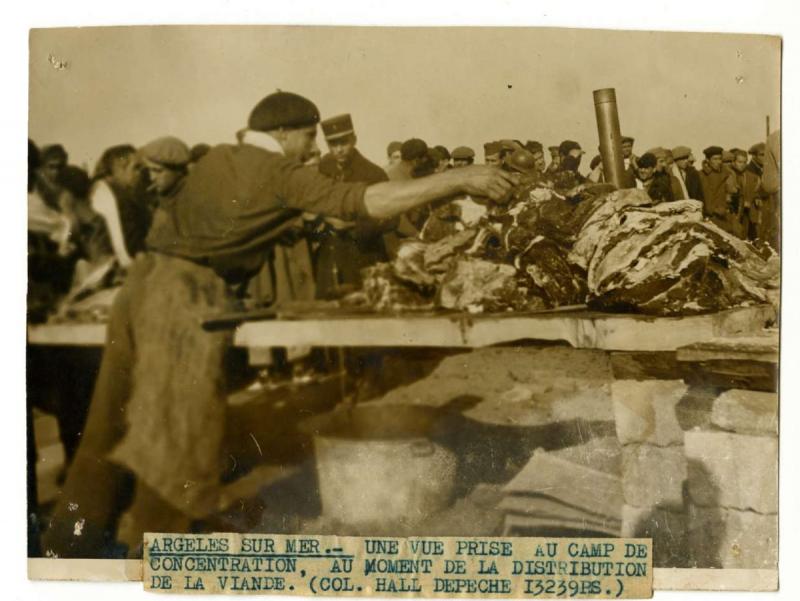Beyond exile suffering and death in French internment camps (1939-1940)
Recent research by a team of Catalan historians has led to the compilation of a list of some 1,685 people who died in French internment camps between 1939 and 1940 following the Civil War, a key contribution to the study of the period
feature historical memory
On January 28, 1939, the French authorities authorised entry into the country for children, women and those wounded in the Spanish Civil War, opening the first refugee camp on the beach of Argelès a few days later. Eighty-two years on, research by a team of historians comprising Jordi Oliva, Martí Picas and Noemí Riudor has led to the compilation of a list of 1,685 people who died in the camps between 1939 and 1940, a key contribution to research on that period of Catalan history.
The genesis of this research can be found in work that has been carried out to revise the list of deaths caused by the Civil War (1936-1939) in the Berguedà region. This work was done by Martí Picas and Roser Valverde and published in the local magazine L’Erol on the occasion of the 80th anniversary of the end of the conflict.
In turn, this review of the human cost of the Civil War and post-war period in Berguedà must be placed in the context of a much more ambitious project of regional reviews that have been carried out under the direction of the Centre for Contemporary History of Catalonia since 2006. The work is now continuing with the supervision and support of the Catalan institute Memorial Democràtic.
In order to understand what is behind this desire to recover the memory of the victims, we must return to a historiographical tradition focused on counting the human cost of war, which arose in Catalonia in the late 1970s through the work of writer Montserrat Roig and historians Josep M. Solé i Sabaté and Joan Villarroya, as well as local scholars. Also, and very especially, it is worth noting the research on the human cost of the Civil War in Catalonia that the Centre for Contemporary History of Catalonia (CHCC) has promoted since its creation, more than 30 years ago, at a time when very few people paid it any attention and it was even mocked in certain academic circles: “Josep Benet counts the dead,” they said.
The researchers consulted various sources to carry out their work, including the list published by the Spanish Ministry of Foreign Affairs in the Official State Gazette (BOE) from March 12, 1940 and another list of “Spaniards who died abroad” drawn up at the request of the then Mayor of Perpignan, Román Oyarzun Oyarzun.
The list basically includes deaths in internment camps and French health centres in towns in the region of the Midi-Pyrénées and Languedoc-Roussillon between January 1939 and January 1940, indicating the victim’s name and two surnames, age, origin and/or place of residence, and the place and the date of death, and in some cases also the date of birth. In addition to the aforementioned sources, the three researchers also consulted other local publications addressing the subject published by the Catalan government, as well as names on the monuments to the victims in Argelès, Sant Cebrià de Rosselló and Portvendres.

